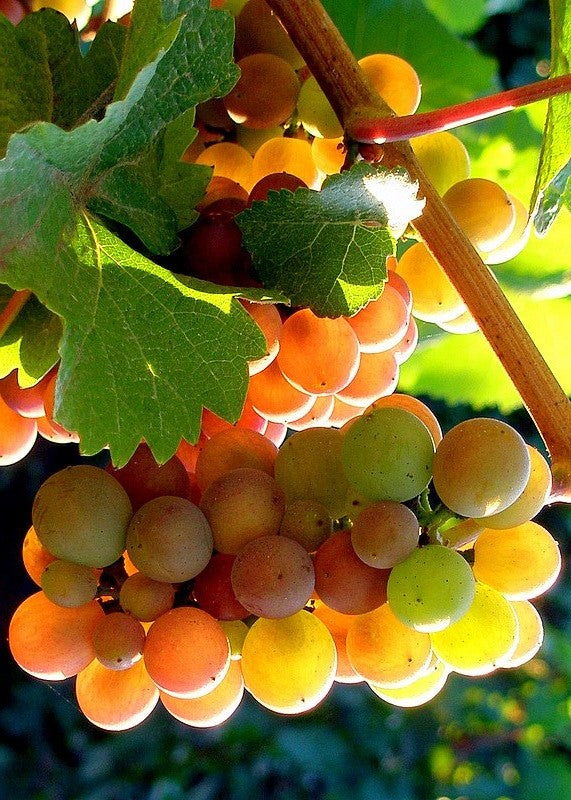The simple things to remember are these:
Organic Farmers do not add yeast. They rely on the indigenous yeast of the farm, that is on the grape skins. At crushing and fermentation the natural yeast is released into the grape juice, fermentation begins immediately.
Conventional farmers add yeast. These yeast are produced in laboratories and are developed for different functions.
Organic yeast being indigenous to the farm/varietal, consume almost all of the natural grape juice sugars before they die off and making a natural amount of alcohol for that particular varietal. No sugars are added during fermentation.
Alcohol by volume will only vary marginally each year of production. This is usually a result of more rainfall, higher or lower temperatures, etc..
The only way an Organic farmer can gain more alcohol by volume in their wine is to let the wine ripen on the vine to concentrate the natural sugars. In these instances, the natural yeast is naturally equipped to handle the sugars. Think Amarone, and other late harvest Italian wines. Higher alcohol and still low sugar < 2mg/l.
Conventional wine makers add yeast to extract as much alcohol as possible.
At the same time, they will add sugar to "feed" the yeast". If they do not get the alcohol level they require, they add sugar. Eventually they can have an imbalance, too much sugar and not enough yeast.
Adding convention sugars are not the same as natural grape juice sugar. Laboratory yeasts are produced to "eat " and "convert" conventional sugars to alcohol.
If fermentation is finished and alcohol levels are not reached to a desired level, then the wine maker will add Industrial Ethanol Alcohol......
Some extra fun reading.......
https://sevencellars.co.uk/blogs/seven-cellars-good-taste-blog/is-organic-wine-high-in-sugar?srsltid=AfmBOoqIFXylcWpKgC-iwRSlmj1qJLP4zM9U-m7MOk0c4M9QM8dRx3XF
https://recovered.org/alcohol/types-of-alcohol
Cheers!
Brian

